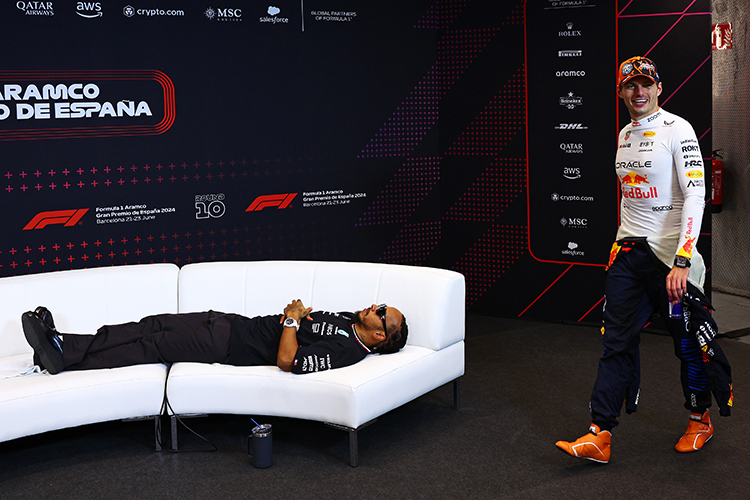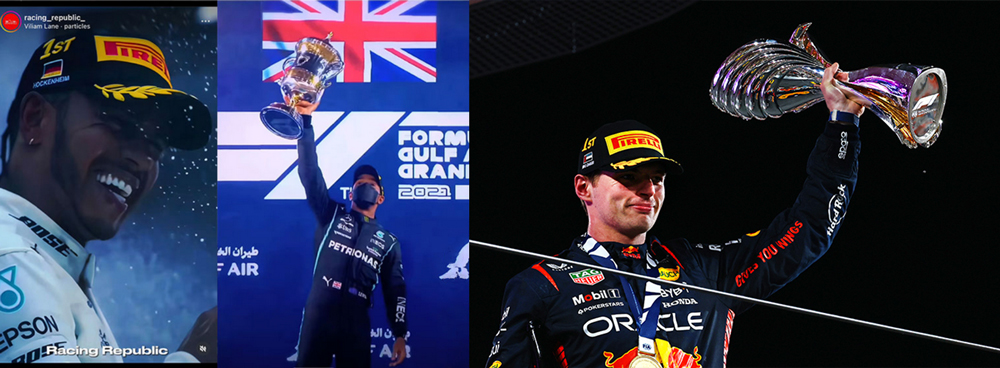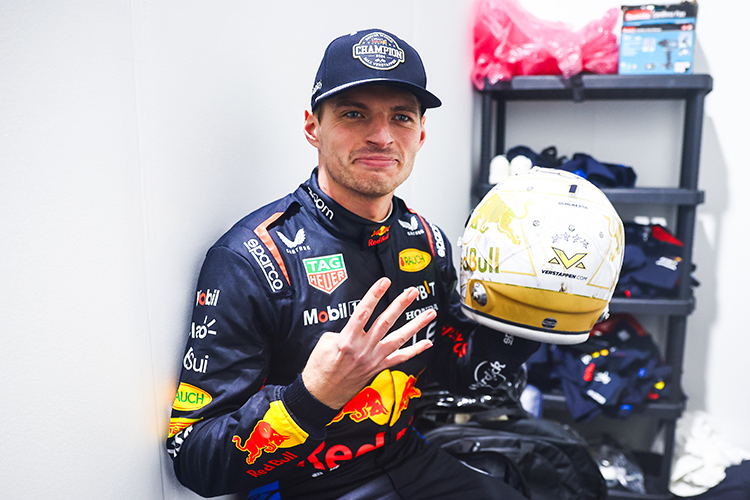Why F1 Front and Rear Wings Matter: Downforce, Balance, and Overtaking Explained
What Is the Significance of F1 Cars’ Front and Rear Wings?
In short: they’re the parts that let a 200 mph missile behave like it’s glued to the road in the corners, yet still slice through air on the straights. They set how much grip the car has, where that grip is, how stable it feels, and how easy—or hard—it is to pass. Everything from lap time to tyre wear to overtaking chances flows from those two “shelves” at the ends of the car.
F1 front and rear wings explained: how downforce, drag, and DRS shape grip, balance, tyre wear and overtaking. Clear, race-ready insights for fans. Worldwide.
Here’s the full picture, made readable and entertaining without dumbing it down.
Key takeaways
- Front wing = front grip + airflow sculptor for the whole car.
- Rear wing = rear grip + stability + DRS-powered top speed.
- Together they set aero balance, which defines understeer/oversteer and tyre life.
- Wings create downforce but also drag; the art is maximizing one while minimizing the other.
- Overtaking lives and dies by the wake those wings create—and by DRS that tames it.
Downforce and drag 101: why wings exist
- Turn an airplane wing upside down and you get downforce. The wing’s shape and angle of attack speed up airflow underneath and slow it above, lowering pressure under the wing and pushing the car into the track.
- More downforce = more cornering and braking performance; more drag = slower top speed and higher fuel usage.
- The trick is efficient downforce: big grip gains without turning the car into a parachute.
The front wing: your car’s first handshake with the air
What it does
- Generates front-axle grip: It sets how “biting” the nose feels on turn-in and mid-corner.
- Conditions airflow: It’s the first sculptor of air around the front tyres and into the floor’s venturi tunnels. A good front wing feeds clean, energetic air to the most powerful aero device on the car: the ground-effect floor and diffuser.
- Manages tyre wake: Front tyres are messy air-makers. The wing tries to steer that turbulence away from the body and floor.
How teams tune it
- Angle of attack and flap tweaks: Small changes to the flaps (often made during pit stops) can cure understeer or tame oversteer as track grip evolves.
- Endplates and edge detail: Modern rules simplify the wing compared to the ultra-complex pre-2022 designs, but the rolled tips and element shapes still influence whether air is pushed around the tyres (outwash) or guided inboard to feed the floor (inwash).
- Track-specific specs: Higher angles and more elements for slow, twisty tracks (think Monaco); skinnier, flatter wings for low-drag tracks (Monza).
Why it matters to the driver
- Turn-in confidence: If the front wing loses effectiveness—especially when following another car—the nose washes wide. That’s why the front wing is the first victim of “dirty air.”
- Balance shifter: A front wing tweak of just a few millimeters can change the car’s character from lap to lap and how aggressively a driver can attack kerbs and apexes.
The rear wing: grip, stability—and a magic passing button
What it does
- Generates rear downforce: Crucial for traction out of slow corners and stability in fast ones. It also keeps the car planted under heavy braking.
- Partners with the floor: The rear wing’s upwash helps “pull” air through the diffuser, strengthening the low-pressure zone under the car. This floor–diffuser–beam wing–rear wing stack is a downforce factory.
- Shapes the wake: The wing’s geometry aims to push turbulent air high and narrow to help a following car.
How DRS fits in
- Drag Reduction System (DRS): On designated straights—and only when within 1 second of the car ahead in the detection zone—the rear flap opens. You lose some downforce (fine on a straight) and a lot of drag, gaining precious km/h for an overtake.
- Trade-off: Too big a DRS effect can make balance swingy: glued in corners, light on straights. Teams tune the rear wing, beam wing, and slot-gap geometry to hit a sweet spot.
Spec options
- “Barn door” high-downforce rear wings for circuits loaded with slow/medium corners.
- Skinny, low-drag rear wings for power tracks where top speed rules.
- Beam wing choices to either energize the diffuser (more grip) or cut drag (more speed).
Aero balance: the see-saw that defines the car
- Balance is the front vs. rear share of total downforce, and it shifts with speed, yaw, braking, and tyre condition.
- Too much front vs. rear? The car will feel nervous on entry and snappy mid-corner (oversteer). Too little? It’ll resist turning and scrub the fronts (understeer).
- Teams chase a balance window that keeps the car predictable in both slow and fast corners, and stable over bumps and kerbs. Drivers feel these shifts immediately—and ask for front wing “turns” at pit stops to stay in the happy place.
Overtaking: the air war
Dirty air problem
- Wings create vortices and turbulence. The following car, sitting in this messy wake, sees its front wing and floor lose effectiveness—especially on corner entry. That’s why passing used to be so tough: you’d have to back off earlier just to keep the car planted.
Modern rules, cleaner battles
- Since 2022, simplified front wings, rolled rear-wing tips, and the return of the beam wing aim to:
- Reduce outwash that spreads turbulence sideways.
- Lift the rear wake upward so a following car can find cleaner air.
- Let the floor do more of the downforce work, which is less wake-sensitive than wings alone.
- Result: Following distances improved, and drivers can stay closer through corners. It’s not perfect, but it’s better.
DRS: the practical fix
- DRS partly cancels the wake disadvantage by giving the chaser extra straight-line speed. It doesn’t solve dirty air in the corner, but it turns “almost close enough” into “send it.”
Set-up strategy: wings decide your race
- Qualifying vs. race trim: Trimming wing for top speed might nail a quali lap but cook tyres in the race. Adding downforce can save tyres and open strategy options.
- Track identity:
- Monaco/Singapore: Max wing, ultimate grip.
- Monza: Minimal wing, protect top speed.
- Baku/Spa: Knife-edge compromises—long straights plus big stops demand careful drag vs. downforce trade-offs.
- Weather calls: In the wet, more wing helps stability and heat in the tyres, even at a straight-line cost.
Common questions and quick answers
- Why not just run maximum wing everywhere? Drag. You’d be slow on every straight and a sitting duck for passes.
- Why does the front wing seem to suffer most in traffic? It’s first in line for the wake, so it loses the clean airflow it needs to generate downforce and to feed the floor.
- Can drivers adjust the front wing on the move? No—changes are made during pit stops. Only DRS on the rear wing is driver-operated during the lap (in allowed zones).
- Isn’t downforce just Bernoulli? It’s both pressure differences and Newton’s third law (deflecting airflow downward). Vortices, boundary layers, ride height, and yaw all matter too.
The significance in one breath
Front and rear wings are the bookends of an F1 car’s aerodynamic story. The front wing gives you bite and feeds the floor; the rear wing gives you drive and stability—and DRS for the kill on the straight. Together they set aero balance, decide tyre life, shape the wake, and ultimately govern how fast the car is and how racy the racing gets. Without them, F1 would be fast in a straight line and nowhere else; with them, it’s controlled chaos at the limit.
Up Next



